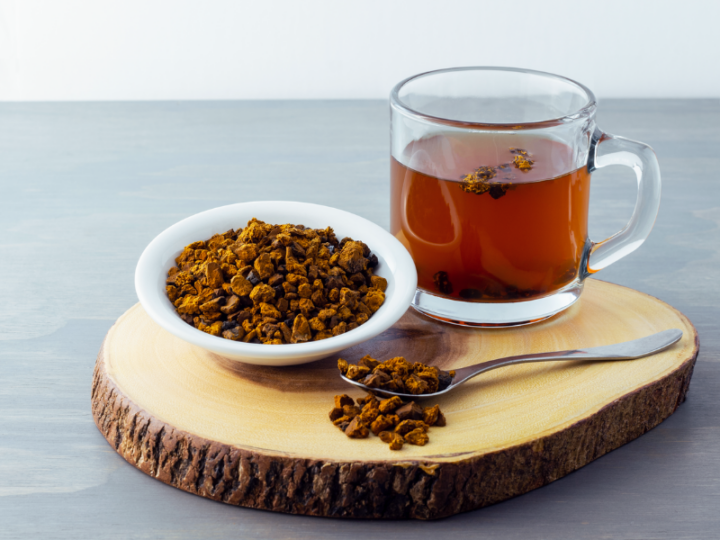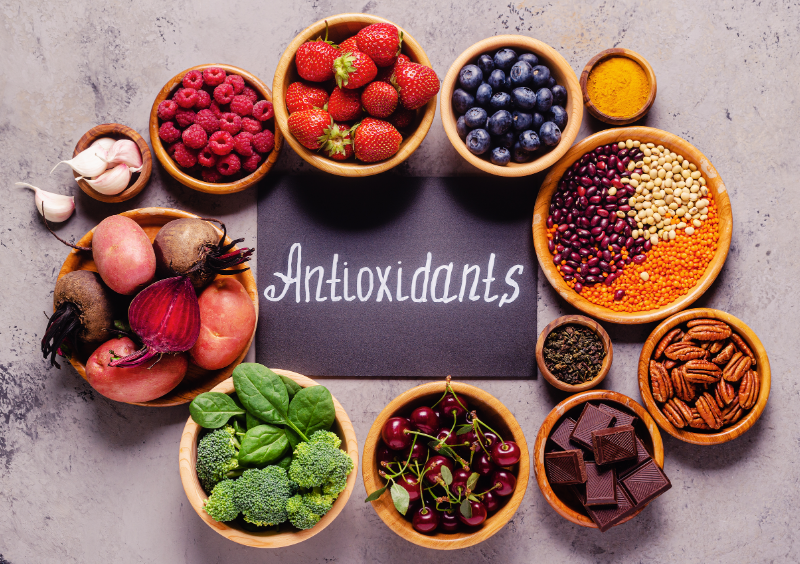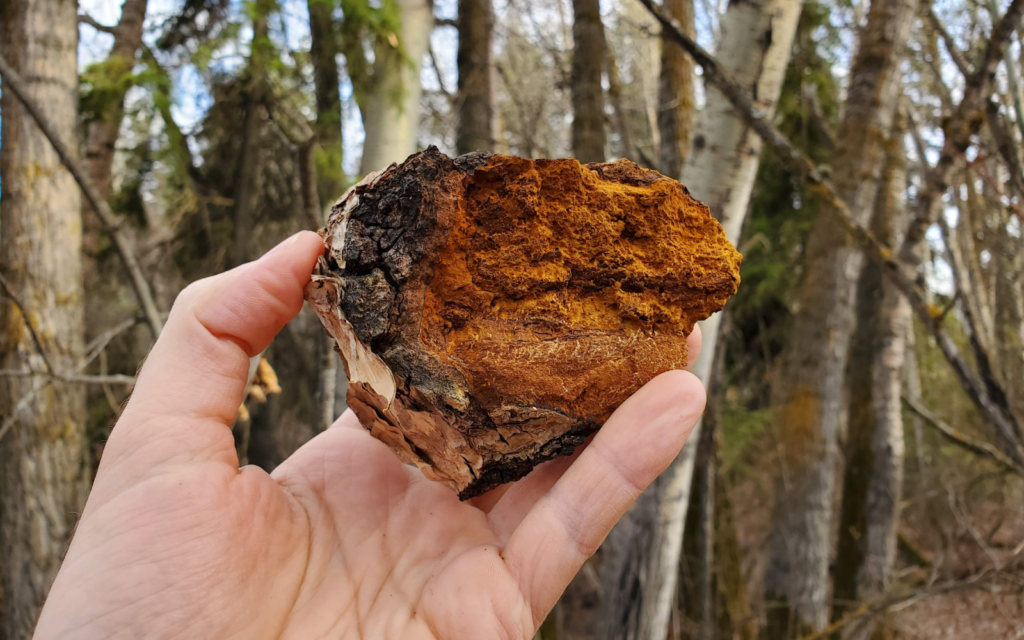Does the ORAC Value of Chaga Mushroom Matter?

”Chaga mushroom (Inonotus obliquus) has the highest ORAC value ever recorded, making it the most powerful antioxidant on earth!”
You might have heard this popular claim before, but have you ever wondered where it got started? It turns out that there isn’t much evidence to support chaga’s status as ORAC king—or the idea that high ORAC values guarantee antioxidant benefits.
So what’s up with ORAC? And what does it mean for the health benefits of chaga mushroom?
What is ORAC Value?
Guohua Cao, Ph.D., created the Oxygen Radical Absorbance Capacity (ORAC) assay in the 1980s to help USDA scientist Jim Joseph, Ph.D., understand the antioxidant capacity of foods he was studying.[1] The USDA began using ORAC to measure the antioxidant capacity of common foods in the 1990s and reported the results in an extensive database in 2010.
The database didn’t last long. The USDA withdrew the database two years later after food manufacturers started using ORAC scores to market products as “high in antioxidants.” In an official statement, the USDA noted that ORAC value alone shouldn’t be used to determine health benefits because it can’t measure actual antioxidant activity in the human body or the potential effects of other compounds.[2]

Oxidative Stress, Free Radicals, and Antioxidants
So what exactly does ORAC measure? In a controlled lab setting, the assay tests how well a food or supplement like chaga mushroom can protect other molecules from free radicals.[3]
Free radicals are unstable atoms or molecules that have one or more unpaired electrons.[4] As they travel around your body in search of electrons to balance them out, free radicals can damage cells, fats, proteins,[5] and even DNA. Molecules called oxidants can cause similar damage by removing electrons from other molecules.
Free radicals and oxidants can form internally from immune reactions, inflammation, infections, aging, or energy production. External factors like smoking, radiation, excessive exercise, poor food choices, and chemicals in water or air may also produce these molecules.
Some free radical activity is normal, and your body is equipped with its own arsenal of antioxidants to protect against damage. Some antioxidants stabilize free radicals by providing the missing electron in a process called free radical scavenging;[6] others repair existing free radical damage to restore health to cells.[7]
Sometimes, your body produces so many free radicals that the antioxidants can’t keep up. This is known as oxidative stress and has been linked to conditions like heart disease, Alzheimer’s, and cancer.[8] Eating foods high in antioxidants may help prevent oxidative stress by providing more free radical scavenging power.
That’s why ORAC became such a big deal: It was hoped that the assay might show which foods and substances had the greatest potential to protect against diseases resulting from oxidative stress. And, despite the USDA’s withdrawal of the ORAC database, the internet continues to claim that chaga reigns supreme as the highest ORAC value product in the world.
What About the Benefits of Chaga Mushroom?
There’s just one problem: It’s pretty much impossible to find information that supports chaga’s claim to ORAC superiority. Online sources often point to research conducted by Tufts University Department of Health Sciences and the USDA for the National Institute of Health Project Expo 2003 without linking the reference, but there’s no apparent evidence that Tufts ever performed ORAC testing on chaga mushroom extract or chaga supplements.
But that doesn’t mean chaga is powerless. A study published in the Journal of Agricultural and Food Chemistry in 2005 compared chaga to four other medicinal mushrooms and found that it outperformed them all in antioxidant tests.[9]
Read more about chaga mushroom benefits in our chaga mushroom guide. 🍄

Antioxidants in Chaga Mushroom
Many different antioxidants that have been isolated from chaga[10] and studied for their ability to scavenge free radicals.[11] At least some of these antioxidants are part of the mushroom’s natural defenses: Chaga grows in the wild on birch trees, so it forms antioxidants to protect itself from external conditions like weather and pollution.[12]
Of all the compounds in chaga mushroom, polyphenols appear to offer the strongest protection against oxidative stress.[*13] In other studies, both melanin[14] and chaga polysaccharides[15,16] also showed significant antioxidant activity.*
Chaga may also stimulate your body’s natural antioxidants,*[17] including two powerful enzymes called superoxide dismutase (SOD) and glutathione (GSH).[18] SOD breaks free radicals down into harmless oxygen and hydrogen peroxide molecules.[19] GSH guards against free radicals, detoxifies substances that can cause oxidative stress, and helps repair DNA damage.[20,21]
Chaga mushroom’s dual antioxidant activities may explain why it exhibits anti-inflammatory and anti-aging effects in some studies. Chaga mushroom extracts appear to regulate inflammation by affecting immune cells and compounds, including pro- and anti-inflammatory proteins called cytokines.*[22] One study showed that chaga extract could also protect human connective tissue cells from premature aging and cell death.*[23]
These results indicate that, whatever its ORAC value, chaga mushroom does have potent antioxidant properties.*
Does ORAC Value Really Matter?
The antioxidant potential of any food or substance, including chaga, is more complex than one test can measure. Antioxidants need to be extracted from food and absorbed in order to have any benefits, and once they’re inside your body, they interact with many compounds that aren’t present in lab tests like the ORAC essay.[24] And scientists can’t even agree on whether ORAC is the best way to test antioxidant activity! Many other methods are used to measure antioxidant capacity, and they don’t all measure the same functions.[25]
When you look at the science, though, there do appear to be clear benefits from eating and supplementing with high-antioxidant foods (and mushrooms!). Since your body continually produces free radicals and oxidants either from its own processes or in response to the surrounding environment, you need to continually replenish your antioxidant levels to protect against oxidative stress.[26]
Foods with high antioxidant levels appear to offer the most protection.[27] People who eat high-antioxidant diets have lower levels of inflammatory markers in their blood,[28/,29] which could indicate less free radical damage and lower disease risk.
What does that mean for chaga? While this medicinal mushroom’s ORAC value may no longer be considered an accurate measure of its antioxidant capacity, plenty of research shows it may reduce damage from free radicals and offer health benefits beyond even those of other high-antioxidant mushrooms.*


